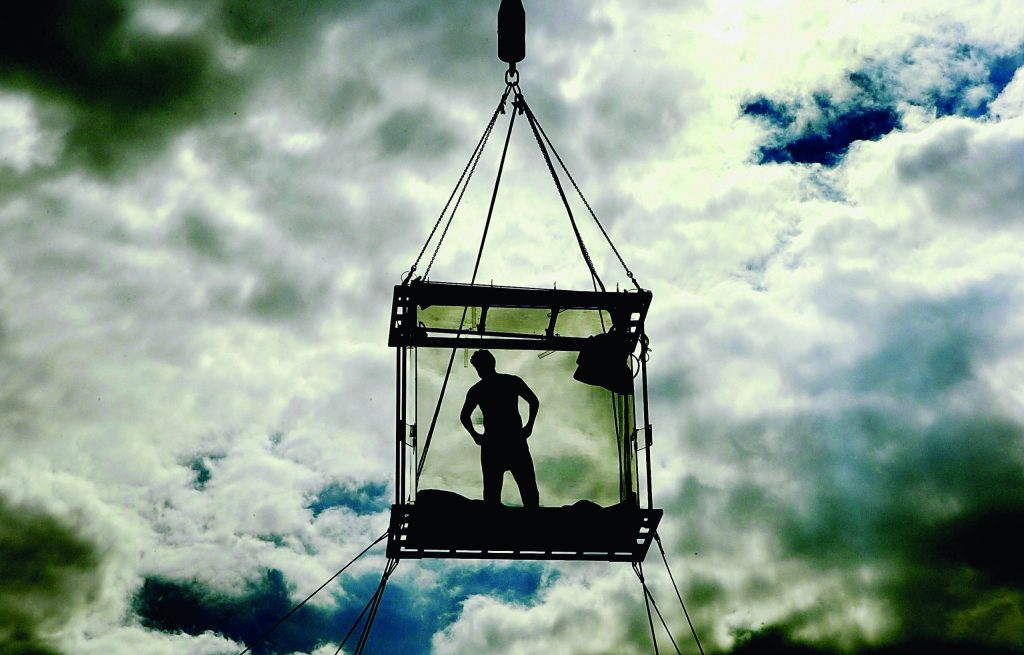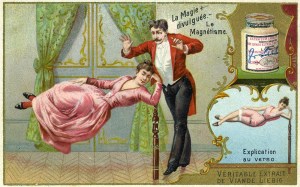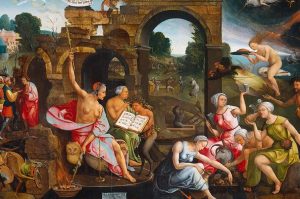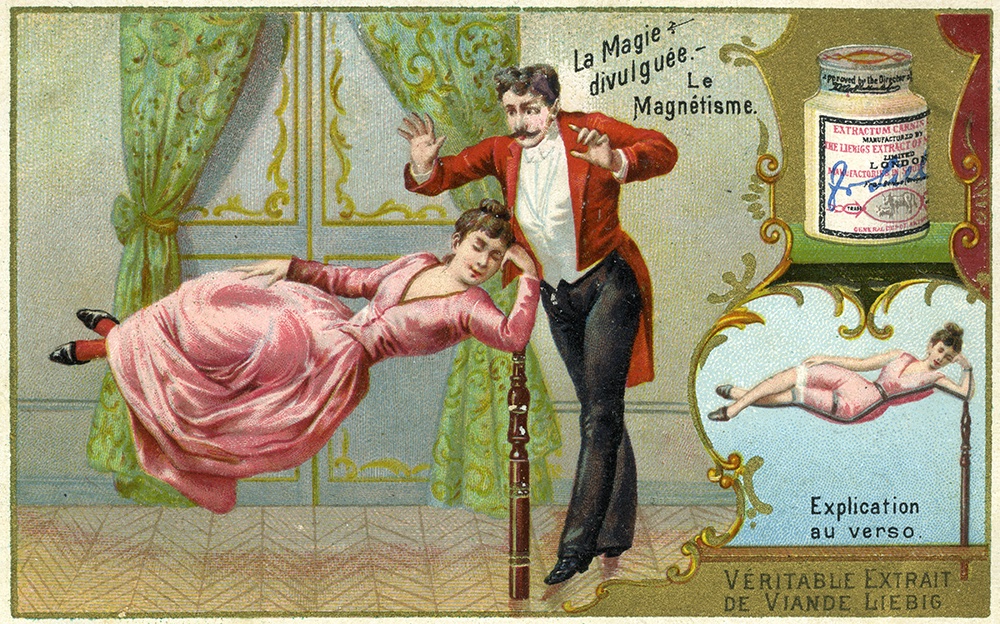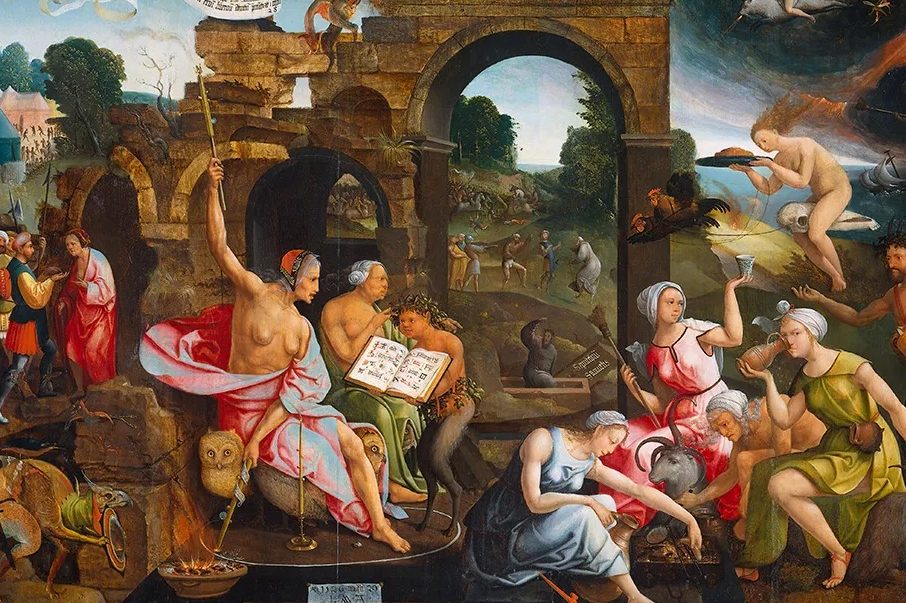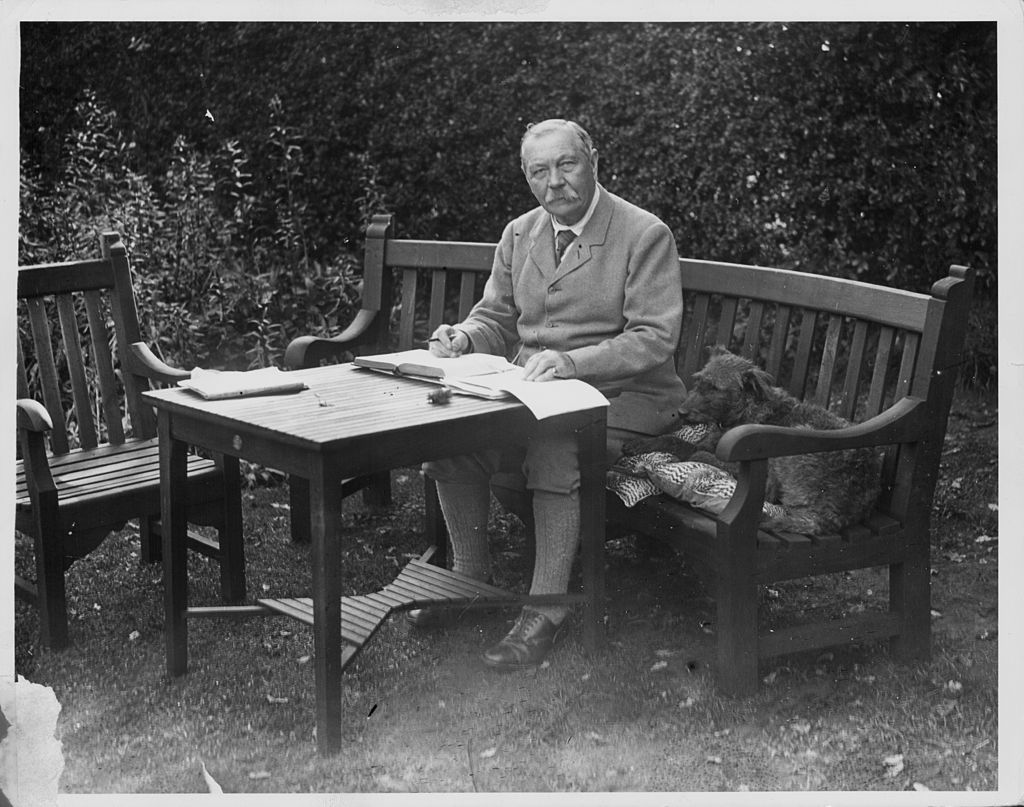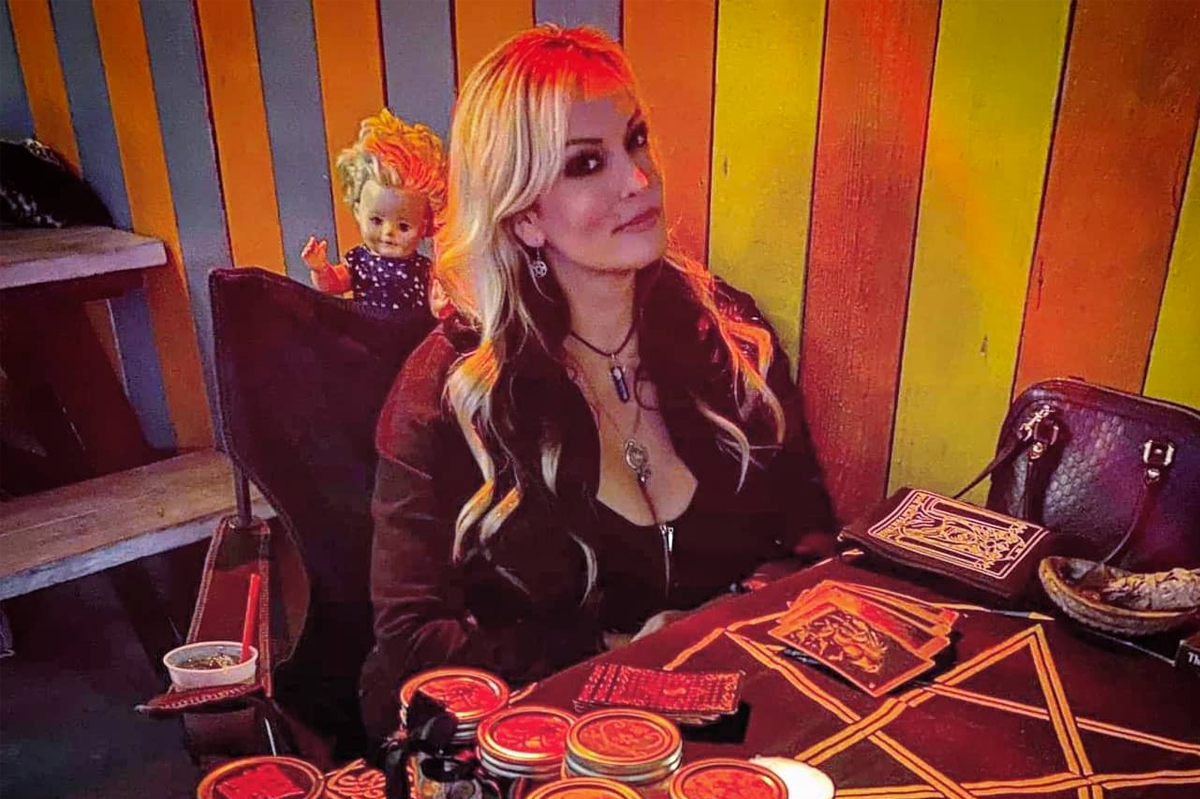When Harry Houdini arrived in London from America in 1900, he was completely unknown. Only a few months later, his show at the Alhambra Theatre was a sensation, booked solid for six months. What did the Londoners see in him? Perhaps it was his ability to escape from a pair of handcuffs supplied by the legendary home of the London police, Scotland Yard. As Sherlock Holmes knew, this feat was beyond many a red-handed Cockney.
Houdini wasn’t the first American magician to make a name in London. Magic was a global sensation in those days, though before Houdini it was mainly combined with the seances of the Spiritualist movement. Take the Davenport Brothers, Ira and Henry, the sons of a Buffalo policeman. They arrived in 1864 and held nightly seance shows. Their big trick was to be tied up and placed inside a large box along with various musical instruments. The lights went down and the instruments were played — by the spirits of the dead, the Davenports claimed.
The Davenports went from causing a sensation to causing a riot. They were exposed numerous times as fakes, but they were oblivious to disgrace — until their tour hit the buffers in the provinces. In Liverpool, their audience ran amok. In Hull, a group of men tried to lynch them.
Harry Kellar (1849-1922) was a sensation in Britain, despite losing all his props due to shipwreck. When he finally reached dry land, he heard that his bank had gone bust but refused to give up. His set-piece, ‘The Levitation of Princess Karnac’, saw a young woman, apparently asleep, float on air. For ‘The Nested Boxes’, he took a ring from a member of the audience, fired it from a pistol, then made it reappear. Kellar performed magic for President Theodore Roosevelt, becoming known as the Dean of American Magicians.
***
A print and digital subscription to The Spectator is just $7.99 a month
***
Houdini, who idolized Kellar, brought magic into the modern era by adding peril to sleight of hand. He’d be chained and padlocked inside a water-filled milk churn, but, somehow, he would get out. He’d swallow 100 needles and 20 yards of thread, and bring them up all threaded, after his throat had been inspected by a committee.
Now we have David Blaine. In 2003, Blaine spent 44 days in a plexiglass box suspended above the River Thames. It was amazing, yes, but it wasn’t magic. Houdini had always looked to escape; Blaine just sat there. By the end of the 44 days, he was part of the scenery. No one cared. You can still see Houdini’s traces in London. The Alhambra may have been demolished in 1936, but the places where the magician lived are alive and well. His first theatrical lodgings at 10 Keppel Street in Bloomsbury are still there. So is the nicer Bloomsbury apartment he moved to as he became richer and more successful, 84 Bedford Court Mansions. The place has its own magic: it’s now worth over a million dollars. I’m not sure that’s a trick that even Houdini could have pulled off.
This article is in The Spectator’s August 2020 US edition.



